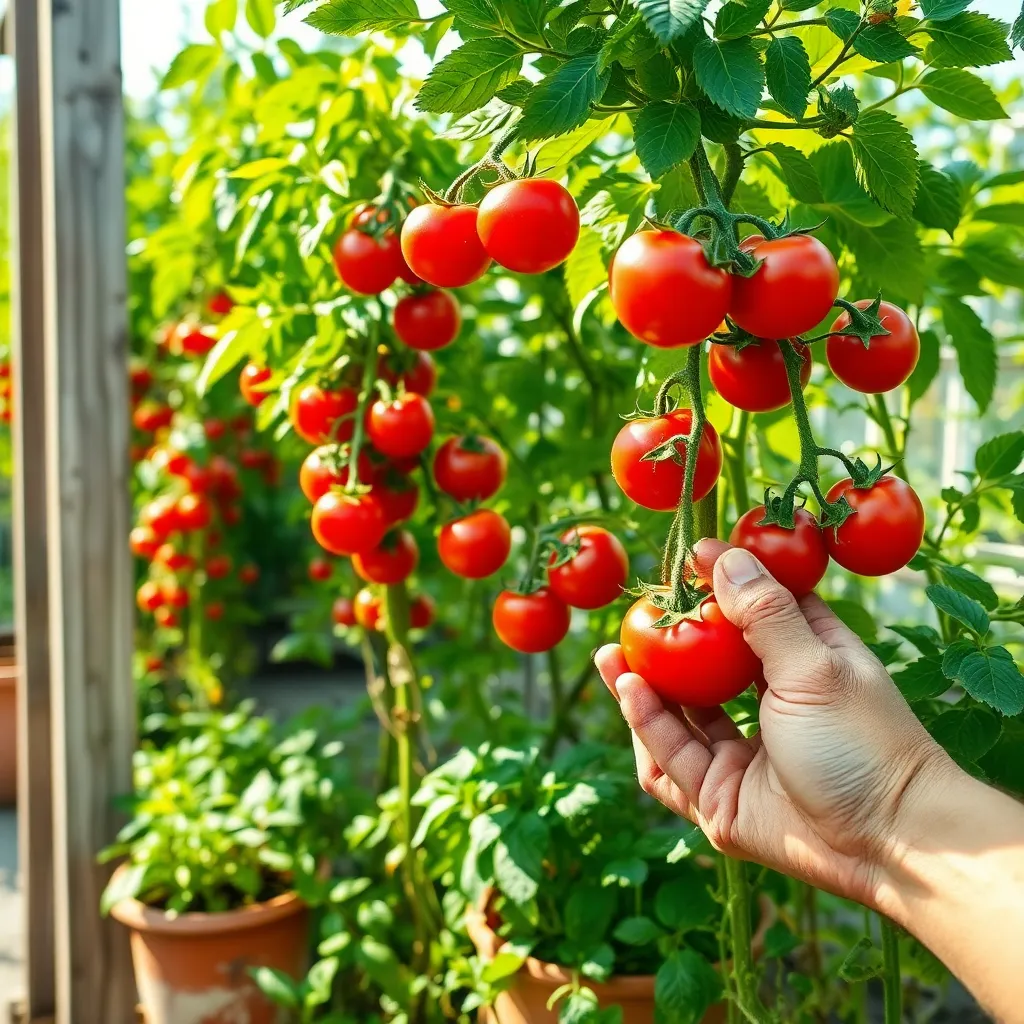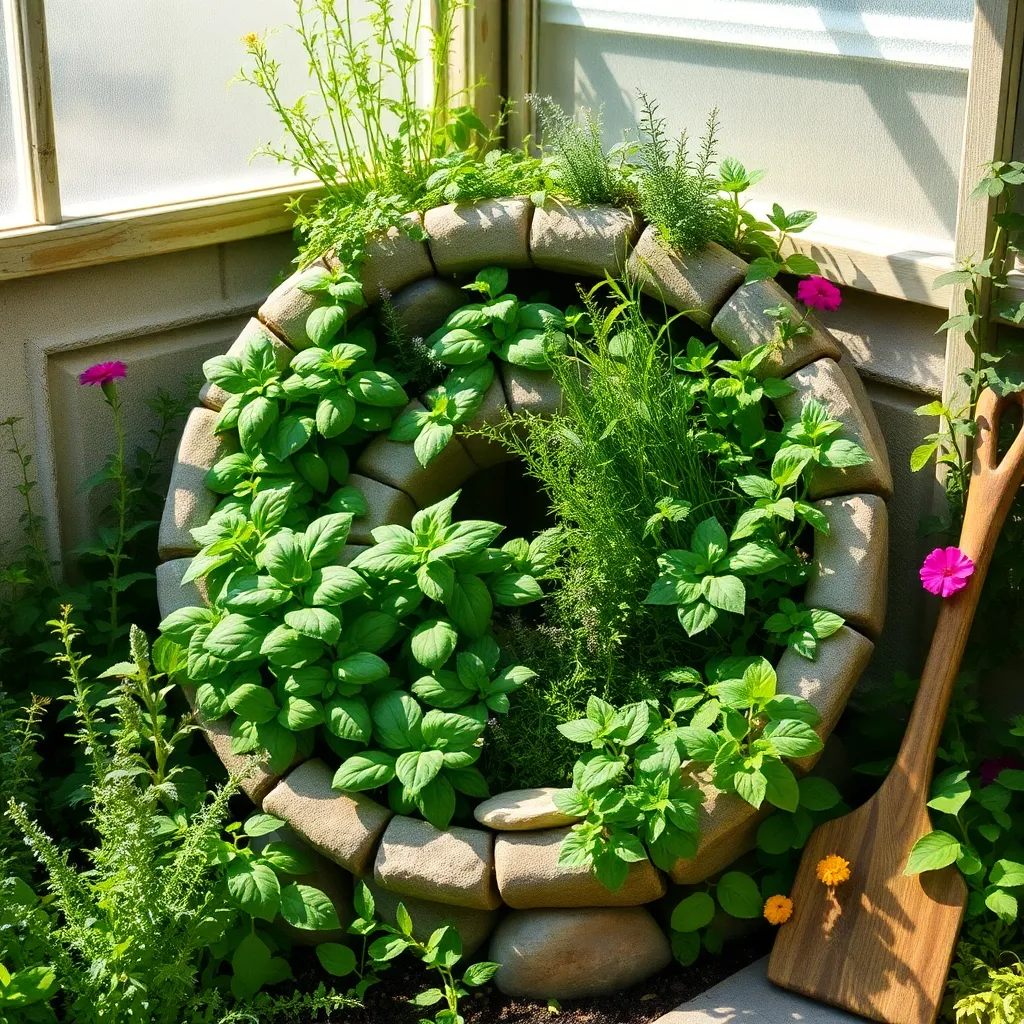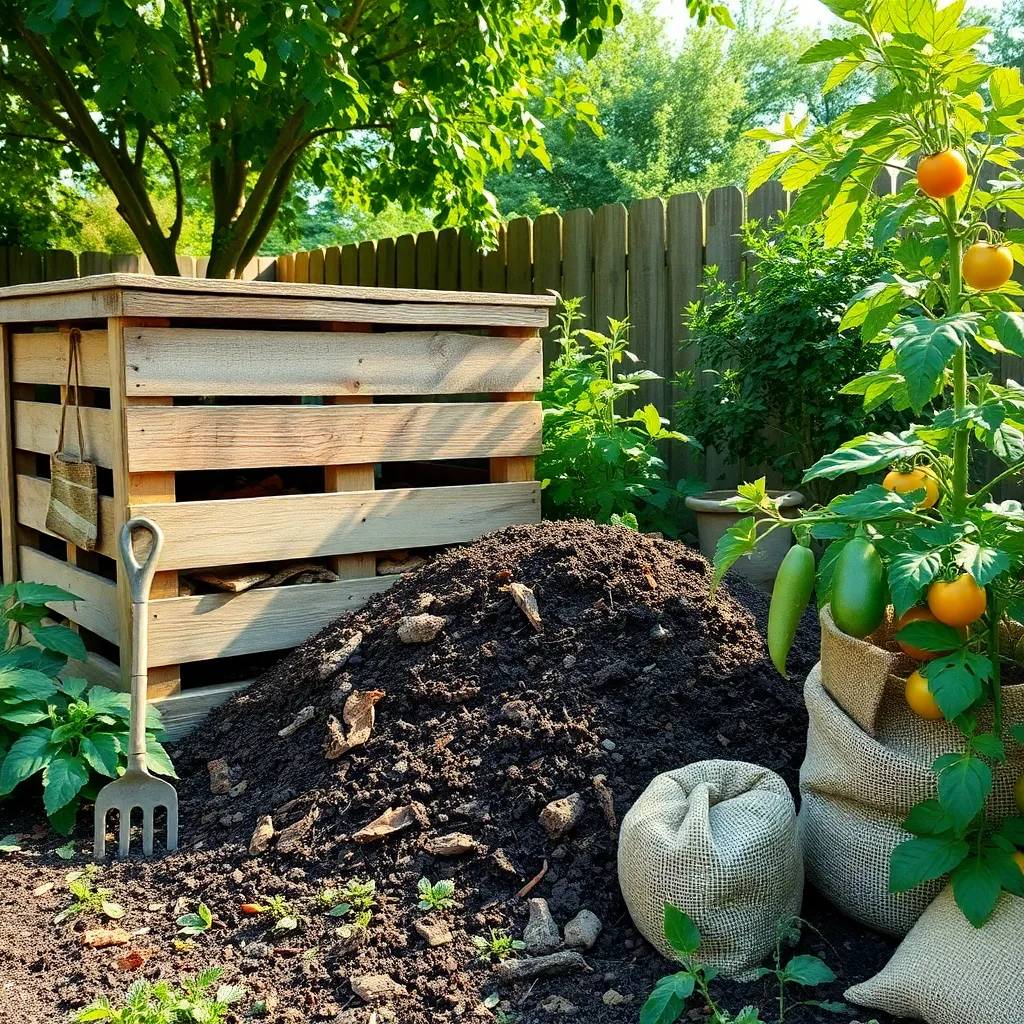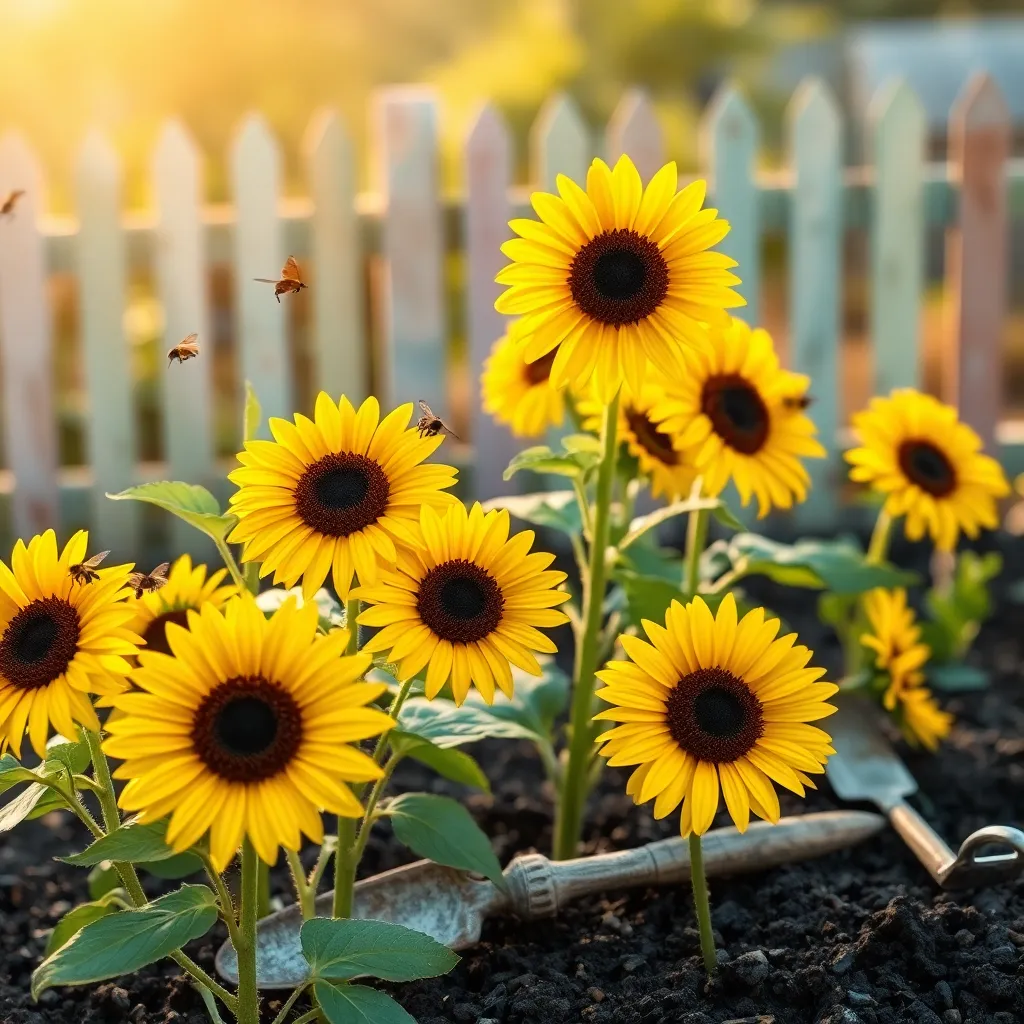Starting your first garden is like embarking on a delightful adventure, where every seed planted holds the promise of growth and discovery. Whether you’re a novice eager to nurture your first tomato or a seasoned green thumb seeking fresh inspiration, choosing the right plants is crucial to cultivating a flourishing garden.
Gardening is not just a hobby; it’s a rewarding journey that connects us to nature and provides a sense of accomplishment with every new leaf and blossom. In this article, we will explore an array of resilient and rewarding plants ideal for beginners, as well as unique selections that even the most experienced gardeners will find intriguing.
You’ll learn how to select plants that thrive in your specific climate and soil conditions, ensuring that your garden is not only beautiful but also sustainable and easy to maintain. From vibrant flowers that attract pollinators to hardy vegetables that promise a bountiful harvest, we’ll guide you in creating a garden that reflects your personal style and meets your needs.
Cherry Tomatoes (Beginner-Friendly and High Yield)

Cherry tomatoes are an excellent choice for beginner gardeners due to their easy care and high yield. They thrive in a variety of conditions, making them adaptable to different garden environments.
To get started, select a sunny spot in your garden where cherry tomatoes can receive at least six to eight hours of sunlight daily. Ensure the soil is well-draining and rich in organic matter; consider mixing in compost to improve soil quality.
Water cherry tomatoes consistently, aiming to keep the soil evenly moist but not waterlogged. A good practice is to water them deeply once or twice a week, depending on the weather conditions and soil type.
Support your growing plants with stakes or cages to encourage vertical growth and prevent sprawling. This not only saves space but also promotes better air circulation, reducing the risk of diseases.
For a more abundant harvest, pinch off the suckers—small shoots that grow between the main stem and branches. This technique directs more energy to fruit production, resulting in a bountiful yield of delicious cherry tomatoes.
Herb Spiral (Space-Saving and Aromatic)

For those looking to maximize space and create a visually appealing garden feature, consider building an herb spiral. This unique design not only saves ground space but also provides a variety of microclimates to suit different herbs’ needs.
To construct an herb spiral, start by selecting a sunny location and gathering materials such as bricks, stones, or recycled materials to shape the spiral. Begin at the center, gradually building outward and upward, creating a height difference that allows for diverse planting zones.
Choose herbs based on their sunlight and water requirements—place drought-tolerant plants like rosemary and thyme at the top, where the soil drains more quickly. Mid-level areas can accommodate herbs like parsley and cilantro, while moisture-loving plants like mint thrive at the base.
Make sure to use a well-draining soil mix, rich in organic matter, to support healthy growth across all tiers of the spiral. Water your herbs regularly, but be mindful of each plant’s specific needs, adjusting frequency as necessary for optimal health.
Compost Bin (Natural Soil Enrichment)

Creating a compost bin is an excellent way to enrich your soil naturally and sustainably. Not only does composting reduce kitchen and garden waste, but it also provides your plants with a nutrient-rich amendment that boosts growth.
To start, select a location for your compost bin that is convenient yet discreet, ideally with some shade. A mix of green materials like vegetable scraps and brown materials such as dried leaves will create a balanced compost pile.
As you add materials to your bin, aim for a ratio of approximately three parts brown to one part green. This balance helps maintain the right moisture levels and prevents your compost from becoming too wet or smelly.
Turning your compost every few weeks introduces oxygen, accelerating the decomposition process. In a few months, you’ll have dark, crumbly compost that can be mixed into your garden beds or used as a top dressing.
Mulch Layering (Moisture Retention and Weed Control)

Mulch is an essential component of any garden, providing both moisture retention and weed control. By applying a layer of organic mulch, such as shredded bark or straw, you can significantly reduce water evaporation from the soil, allowing your plants to thrive even during dry spells.
Begin by spreading a layer of mulch about 2-4 inches thick around your plants, keeping it a few inches away from the stems to prevent rot. This simple technique not only conserves water but also maintains a stable soil temperature, promoting healthier root growth.
For those interested in advanced gardening techniques, consider using a combination of organic and inorganic mulches. Inorganic options like gravel or landscape fabric can be used under organic materials to enhance weed suppression without sacrificing moisture retention.
It’s crucial to replenish mulch annually, as organic materials decompose over time, enriching the soil with nutrients. Regularly checking the mulch layer ensures it’s doing its job effectively and provides an opportunity to spot any potential pest issues before they become problematic.
Dwarf Sunflowers (Vibrant Blooms and Pollinator Attraction)

Dwarf sunflowers are a delightful addition to any garden, offering vibrant blooms that attract a variety of pollinators. These compact plants typically grow between 1 to 3 feet tall, making them perfect for small spaces or container gardens.
To ensure healthy growth, plant your dwarf sunflowers in a location that receives full sun for at least six hours a day. They thrive in well-drained soil, so consider adding organic matter or compost to improve soil quality.
Watering is key to their success; ensure the soil remains moist, but not waterlogged, especially during the initial growth phase. Once established, dwarf sunflowers are relatively drought-tolerant, but a weekly deep watering will help maintain their vibrant blooms.
For those looking to extend the blooming period, deadheading spent flowers can encourage new growth and additional blooms. Fertilizing every few weeks with a balanced, water-soluble fertilizer can also boost their blooming potential, giving your garden a continuous splash of color.
Conclusion: Growing Success with These Plants
As we’ve explored in ‘Perfect Plants for Your First Garden’, nurturing a garden shares valuable parallels with cultivating meaningful relationships. First, like choosing the right plants for your climate, selecting compatible partners is essential for growth. Second, understanding the importance of patience mirrors the time it takes for relationships to flourish. Third, regular care and attention, much like watering plants, are crucial for sustaining healthy connections. Fourth, recognizing when to prune or adjust reflects the need to address issues for continued harmony. Lastly, appreciating diversity within your garden highlights the beauty of embracing differences in relationships.
To take immediate action, consider identifying one relationship in your life that could benefit from a little more care and attention. Reach out to someone important to you and make a small gesture of appreciation or connection today.
Don’t forget to bookmark this article for future reference—it’s a handy guide you’ll want to revisit as you continue to nurture your relationships. Remember, with dedication and the right approach, your relationships can thrive like a well-tended garden, bringing joy and fulfillment into your life. Here’s to the seeds of success you plant today, blossoming into a future filled with meaningful connections.
